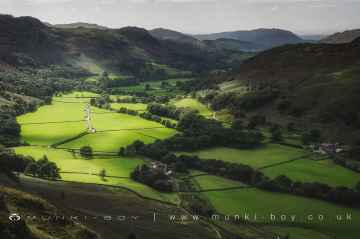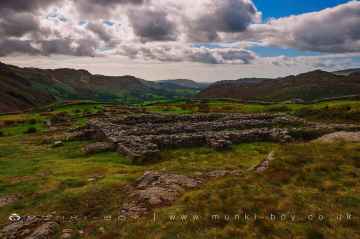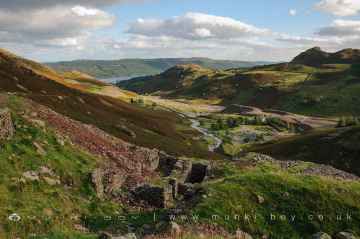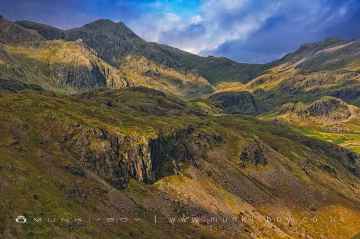Aspatria
Aspatria is a Village in the county of Cumbria.
There are great places to visit near Aspatria including some great hills, hiking areas, villages, ancient sites, ruins, old mines, waterfalls, rivers and streams, lakes, woodlands, towns, mountains, castles, historic buildings, historic monuments, caves, bluebell woods, nature reserves, disused railway lines, airports and islands.
Aspatria has some unmissable hills nearby like Cartmel Fell, White Pike (Seathwaite), The Knott, Broughton Moor, Catbells, Orrest Head, and Haystacks.
There are a several good hiking areas in the Aspatria area like Cartmel Fell, Coniston Coppermines Valley, Borrowdale, Styhead Tarn, Troutbeck, Orrest Head, and Wild Boar Fell.
Don't miss Eskdale, Coniston, Seatoller, Troutbeck, High Borrans, Kentmere, and Brigsteer's villages if visiting the area around Aspatria.
The area around Aspatria boasts some of the best ancient sites including Hardknott Roman Fort, The Hawk, Sunkenkirk Stone Circle, Castlerigg Stone Circle, High Borrans Romano-British Settlement, Mayburgh Henge, and Gunnerkeld Stone Circle.
Don't miss Bonsor East Mine Workings, Bonsor Dressing Floors, Penny Rigg Copper Mill, Appletree Worth, Stephenson Ground Limekiln (ruin), Water Yeat Limekiln (ruin), and Hebblethwaite Hall Gill's ruins if visiting the area around Aspatria.
Penny Rigg Quarry Adit, Three Kings Mine, Tilberthwaite Gill Head Waterfall Level, Horse Crag Quarry, Tilberthwaite Deep Level Adit, Cathedral Quarry, and Parrock Quarry are great places to visit near Aspatria if you like old mines.
Waterfalls to visit near Aspatria include Tilberthwaite Gill, Rydal Falls, Hebblethwaite Hall Gill, Styhead Gill Waterfalls, Taylorgill Force, Aira Force, and Hell Gill Force.
Don't miss River Lickle, Appletree Worth Beck, Styhead Gill, Crowdundle Beck, Aira Beck, Hell Gill, and River Kent at Kentmere's rivers and streams if visiting the area around Aspatria.
There are a number of lakes near Aspatria including Tarn Hows, Thirlmere Reservoir, Derwentwater, Styhead Tarn, Windermere, Wastwater, and Ullswater.
There are a number of woodlands near Aspatria including Broughton Moor, Brigsteer Park, Cow Close Wood, Jeffy Knotts Wood, and Grubbins Wood.
Aspatria has some unmissable towns nearby like Sedbergh, Bowness On Windermere, Ulverston, Penrith, Kendal, Ambleside, and Kirkby Stephen.
There are a number of mountains near Aspatria including Scafell, Blencathra - Hallsfell Top, Skiddaw, Hartsop Dodd, Stony Cove Pike [Caudale Moor], Place Fell, and Wild Boar Fell.
The area around Aspatria features a number of interesting castles including Brough Castle, Lowther Castle, Pendragon Castle, Lammerside Castle, Kendal Castle, Sizergh Castle, and Castlesteads (Lowther).
Aspatria's best nearby historic buildings can be found at Acorn Bank, Acorn Bank Watermill, Church of St Peter Askham, St Michael’s Church at Lowther, Lowther Mausoleum, Askham Hall, and Smardale Gill Viaduct.
Fairy Steps is one of Aspatria's best, nearby historic monuments to visit in Aspatria.
There are a number of caves near Aspatria including Cathedral Quarry, Fairies Cave, Holy Well Cave, and Buttermere Tunnel.
Cow Close Wood, and Jeffy Knotts Wood are some of Aspatria best bluebell woods to visit near Aspatria.
Nature Reserves to visit near Aspatria include Smardale Gill Nature Reserve.
There are a several good disused railway lines in the area around Aspatria like Smardale Gill Nature Reserve.
There are a number of airports near Aspatria including Barrow/Walney Island Airport, and Carlisle Lake District Airport.
Piel Island is a great place to visit close to Aspatria if you like islands.
Aspatria History
There are some historic monuments around Aspatria:
Places to see near Aspatria
History of Aspatria
The village stands at the northern end of the West Cumberland Coalfield and there have been mines in the area since the 16th century. The opening of the Maryport and Carlisle Railway, in 1842, led to a rapid expansion of the industry. The Brayton Domain Collieries sank five different pits around the town at various times and there were also mines near Mealsgate, Baggrow and Fletchertown. In 1902, a new mine was sunk at Oughterside. The last pit in the town, Brayton Domain No.5, closed in 1940. In 1870, one of England’s first farmers’ co-operatives, the Aspatria Agricultural Cooperative Society was established here with offices in the market square, facing the Aspatria Agricultural College which flourished from 1874 until 1925. Sir Wilfrid Lawson MP (1829-1906) lived at Brayton Hall just outside the town. He was a committed nonconformist and a leader of the Temperance Movement. His memorial stands in the market square, topped by a bronze effigy of St George slaying the dragon - said to represent the demon drink. Brayton Hall was destroyed by fire in 1918.











































